Principles of Orbital Mechanics: An Astrophysical Analysis of Supernatural

I was driving my car when I suddenly realized the gravimetrics of a binary star system provide a great analogy to make sense of the relationships between and among the Winchester brothers and their enemies and friends.
Okay; that’s a little out of left field. But take a look at the show through my x-ray telescope. (Well, I’m actually borrowing the Chandra X-Ray observatory for this little exercise, but you get the idea.)
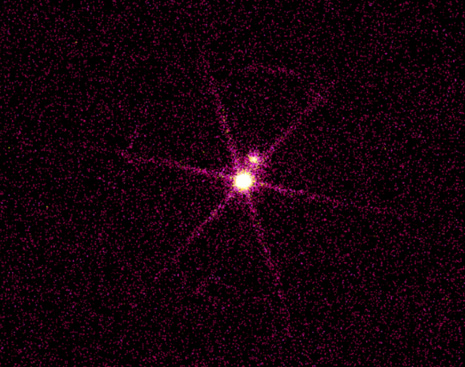
See those two really bright stars? In real life, they’re Sirius A and Sirius B. A’s in the upper right and B’s in the lower left. Don’t be fooled by the observatory’s perspective into thinking that A is smaller than B! They’re both massive, but at the moment of this picture, B was closer and partially occluding A, so it looks bigger even though it isn’t.
Binary stars don’t really orbit each other. They’re each actually orbiting around their common center of mass, as shown in the NASA JPL diagram I used to illustrate this article. Neither one dictates its relationship to the other; they both have to be analyzed together to figure out where between them their common center lies. They’re bound together by their gravitational attraction so they can’t escape each other, but they don’t remain always in the same relative position to each other either. At times they may swing close together, but at other times, they might loop far apart. It’s the relationship between the two of them that defines the system, more than either of them alone.

Binaries come in two basic varieties: wide and close. Wide binaries, while still orbiting around their common center of mass, evolve independently. Close binaries, on the other hand, get close enough to transfer matter to each other, changing the way both stars look and develop.

I think you can guess where this is going. I’ve always considered Supernatural to be far more about the relationship of Sam and Dean, of how what happens to each of them changes the balance of the whole, than just the story of either one of the brothers individually. As they orbit around their common center of mass, swinging closer to each other and then moving away, they also change their apparent position relative to us as observers of their orbits in motion. Sometimes we see one as being closer to us, seemingly more integral and important to the immediate story, but I think that’s often a function both of where they are in their respective orbits and how that orbital position appears from our fixed observatory perspective. What’s closer to us in the moment looks bigger than something farther away, and sometimes the near body appears to eclipse the far body entirely. Still, even when we can’t see Star A from our partially blocked seat, its gravitational impact on Star B remains; their dance around their common center continues. We may not see one of the stars, but if we’re paying attention, we will still see how its ever-changing position gravitationally affects the motion of the other.
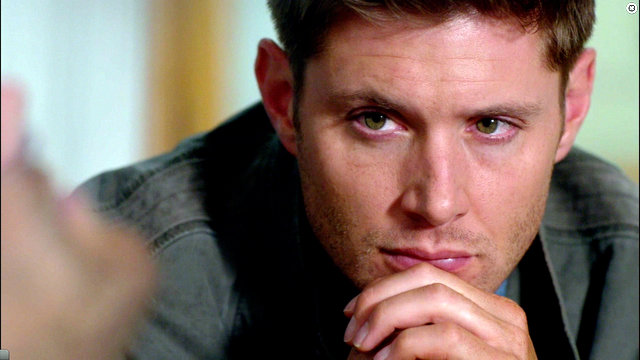
I’d also consider the Winchesters to be a dramatic example of a close binary because of the way they can force shifts on each other that produce profound changes in the target star. Just think of Dean selling his soul to bring Sam back to life, for example, or tricking Sam into accepting possession by an angel. In a close binary system with two massive stars bigger than our sun, the star with more mass will become a red giant star first. As it expands, it dumps a lot of its mass onto the smaller star, changing the appearance and lifecycle of both. That process uses up the bigger star’s fuel faster than normal, and when it goes supernova and explodes, it leaves behind a dark, dense neutron star or even a black hole, which in turn siphons off mass and energy from the second star until it too becomes a red giant. What happens after that depends on the orbits and masses of the stars. The second star could spiral into the first to form a single large black hole, or explode as a supernova itself and totally disrupt the binary system. Or that second supernova explosion could produce a second neutron star or black hole still gravitationally bound to the first, resulting in a powerful x-ray generator also producing immense gravitational waves.
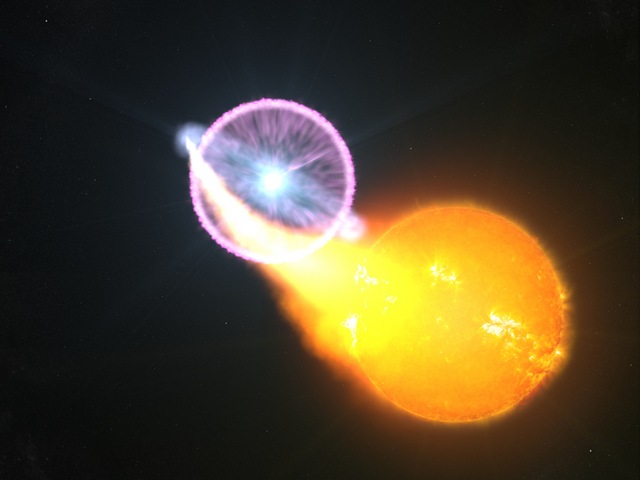
In this analogy, I tend to think of older brother Dean as the more massive star, particularly now, but I could also argue Sam was in that position first when his demon blood was in play in the apocalypse game. You could also think of their stars as being so closely matched that each time one gets more massive (for example, because of mass absorbed during a collision with another body such as Azazel, Meg, or Cain), it dumps enough of its substance on the other to cause their balance to shift in the other direction, meaning that they keep trading off growing and shrinking without completing the cycle to have one of them explode before the other. It’s fun to speculate about where they might be in their stellar cycles, and I’m betting we could have as many disagreements about that as about any other analysis of the show.
The binary stars, while always the major and constant players in their system, aren’t the only bodies affecting their orbits. Other massive bodies tangential to or transiting their system can exert gravitational forces sufficient to perturb their normal course. They may be physically closer to and thus directly affect one star (or brother) more significantly than the other, but because binary stars orbit their common center of mass, whatever affects one will always affect both. It may pull them farther apart or force them closer together, or cause the whole system to wobble on its axis, depending on when and where in their orbits they’re affected, but there is no way a passing star, comet, or other body could affect only one part of the paired whole. Whether that new body is captured as a satellite of one of the stars (such as Lisa, Jessica, or Amelia, for example) or of the system of both (such as Kevin and Garth), crashes into (both shoving aside and increasing the mass of) one or the other, or just loops past on its own course close enough to pull one of the stars slightly out of its normal line, there will always be effects on both stars. Not surprisingly, there will also be effects exerted by each of the binary stars and by their paired relationship on any transiting body passing through their system.
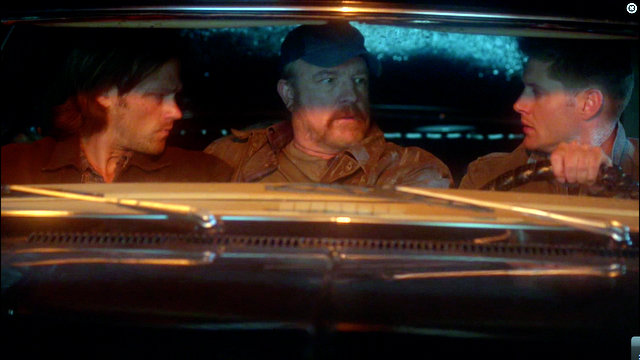
We could probably argue endlessly about the orbital mechanics exerted by and on each of the supporting characters on the show. For example, I envision Bobby as a planet in stable orbit around the binary system itself, rather than as a satellite of either brother alone, but in an orbit that variously brought him closer to one or the other brother in turn. I could argue that Castiel’s first appearance grazed Dean at a point when he and Sam were at aphelion – the furthest point apart in their common orbit – meaning that Dean and Castiel were bigger immediate influences on each other directly than Castiel was on Sam, or vice versa. But once sucked into the brothers’ common system, I think Castiel’s initial orbit around Dean was adjusted by Sam’s gravitational mass and Sam and Dean’s common center to become an orbit around both. I see Crowley as almost cometary, in a highly elliptical orbit that brought him swooping in very close from very far away, with the brothers’ radiation blowing off a tail of Crowley’s own substance, turning him more human even as the drag of their combined gravity slowed his orbit and sucked him in closer to both of them, when he’d intended only a hit and run. And because Castiel and Crowley are part of Sam and Dean’s binary system, they are also affecting each other.
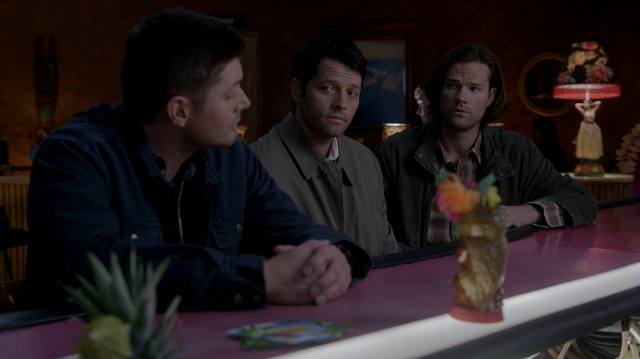
I could go on like this for hours, but I think you get the point. It was a fun diversion to occupy my Christmas train trip from DC to Wisconsin and back; I hope you enjoyed it as much as I did.
And however much we may argue over interpretations and the details of Supernatural orbital mechanics, I’m sure we can all agree that Sam and Dean are indeed stellar heavenly bodies!

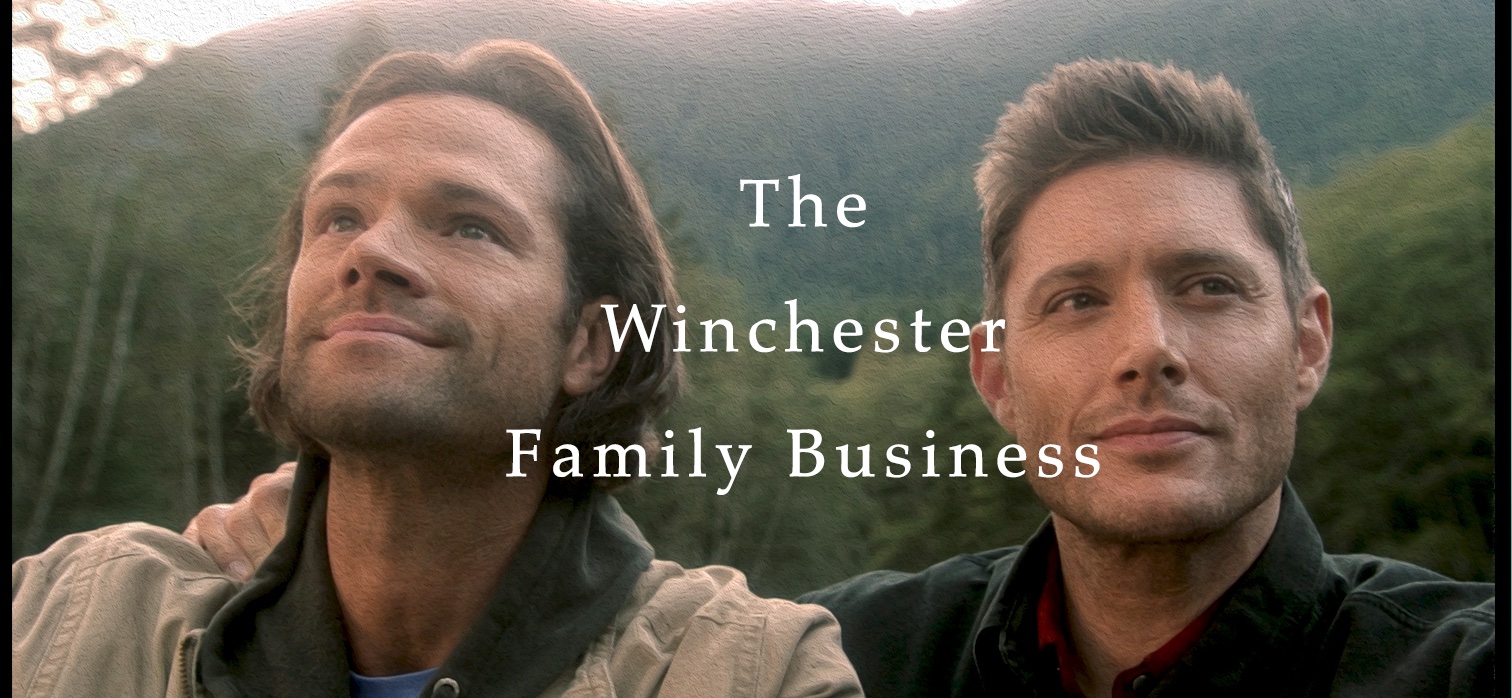

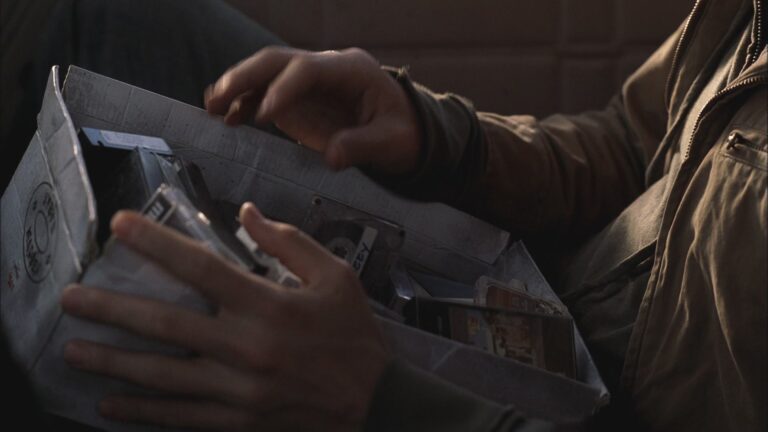
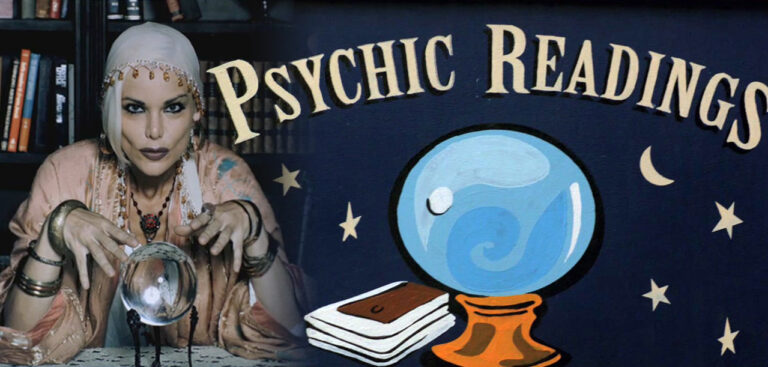
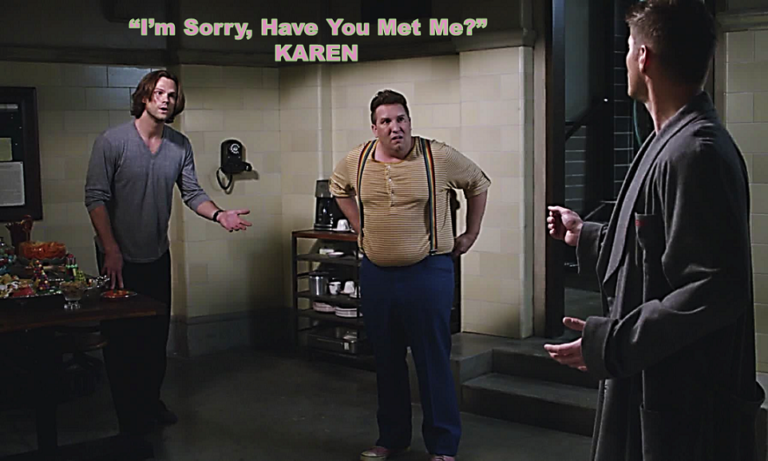
Hello Bardicvoice, that was a very entertaining analysis. Thank you. When I read the title of the article my first thought was this is going to be WAY above my head but I thoroughly enjoyed it. 🙂
That was awesome and a perfect analysis of the characters in the show (or really anyone in real life). Thanks so much it was a fun read.
So we the fans are random meteor showers that try to blast everything apart? 🙂
Happy New Year Mary! A really fun analogy between solar suns and our brothers. Thanks.
I always think if I had my life to live over I’d be either an astronomer or a paleontologist, so I loved your comparison.
And cheryl42 is right about the random meteor showers. :p;)
I actually delayed this read because I was waiting til I actually had a moment to myself because I too thought this would be over my head and I wanted to be able to give it the concentration it deserved. I too was actually pleasantly surprised at how down to earth this article is:D…hee . It always amazes me to find so many things in this world are comparable to our boys. And it tickles me to no end that so many of us look for, find and share those comparisons with each other, spreading further happiness to all of us who watch and love the boys and this show so completely.
Thanks for such an insightful look at how even the cosmos represents the Winchester family.
Bardicvoice, I just loved this! I smiled and nodded all the way through. (And of course, since I was reading outdoors, I’m sure that impressed the neighbors!) You have a lovely unique way of looking at things. You make me very happy. The entire universe has been influenced by Supernatural, right? That’s what I’m taking away from this… LOVE IT!!! Thank you!